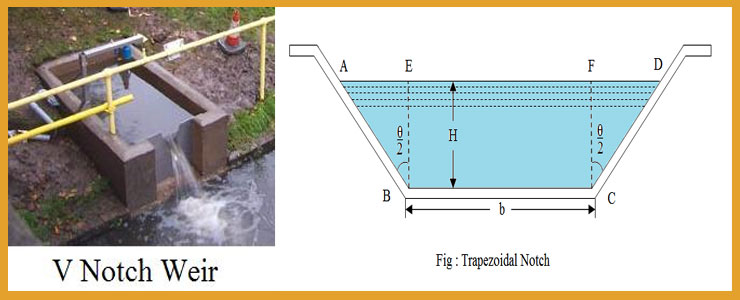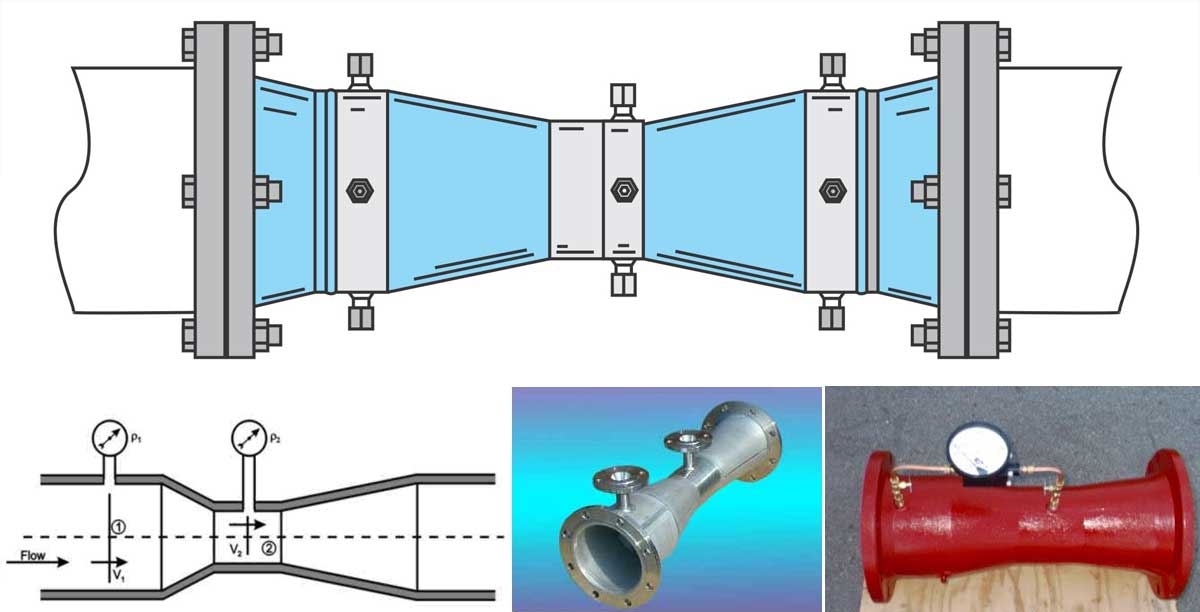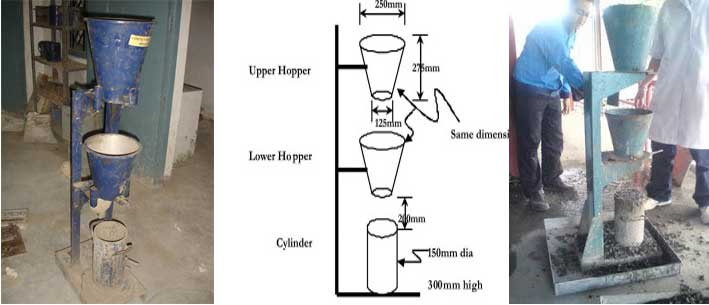Determination of Modulus of Elasticity Concrete
Objective: To ascertain the modulus of elasticity of concrete Sample: Concrete calendar 15 cm diameter and 30 cm long Process Setting up of the Compressometer (i) Assemble the top and base casing by keeping the spacers in position. (ii) Put the pivot rod on the sinks and bolt them position. (iii) Put the tightning screws […]
Read More →









